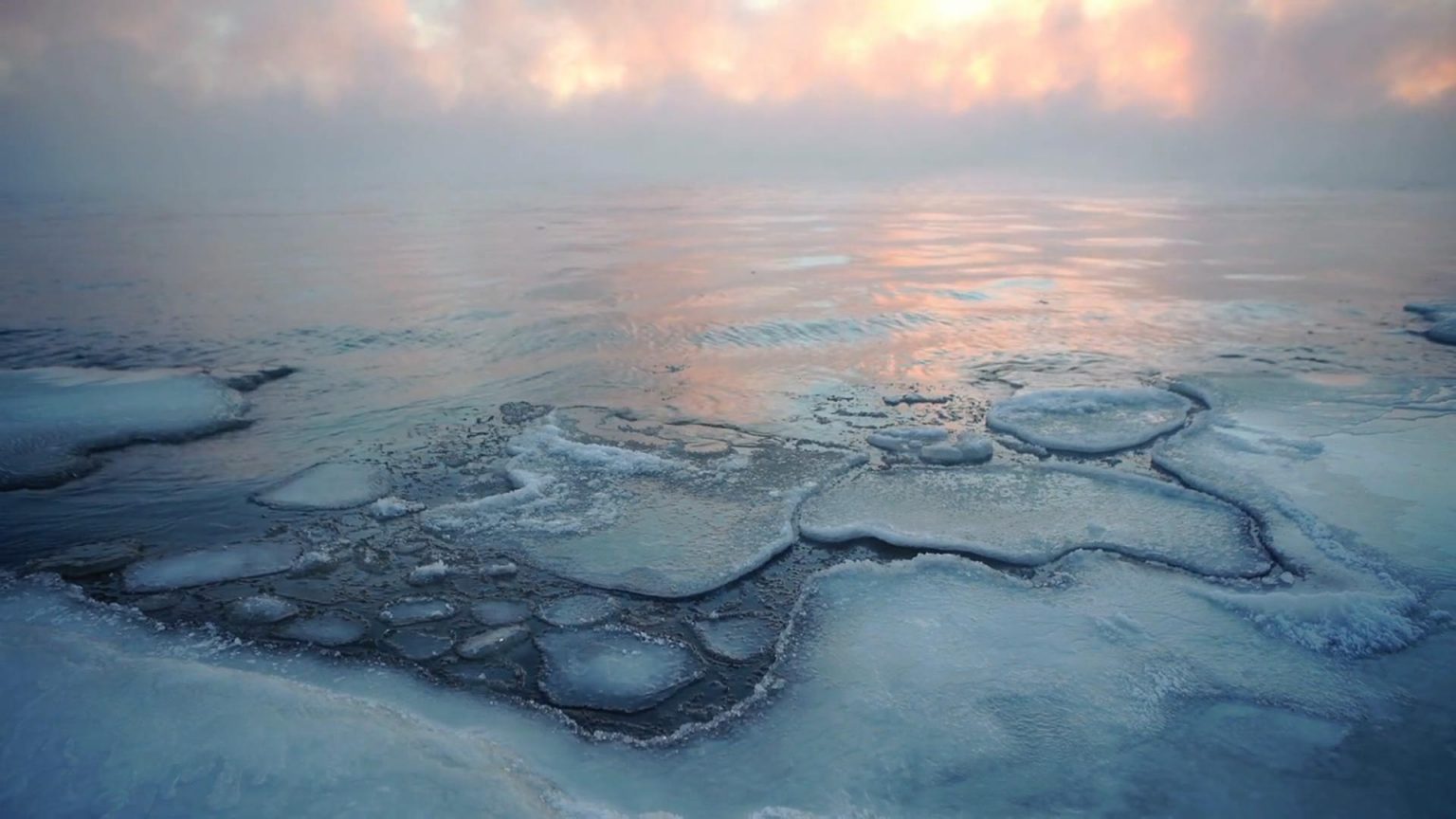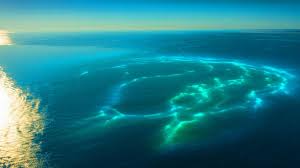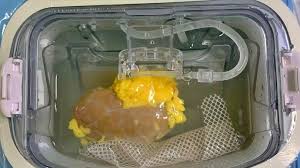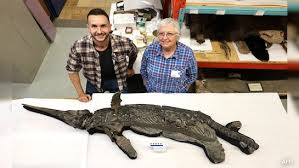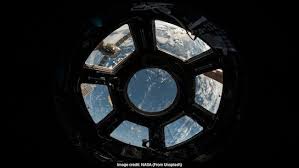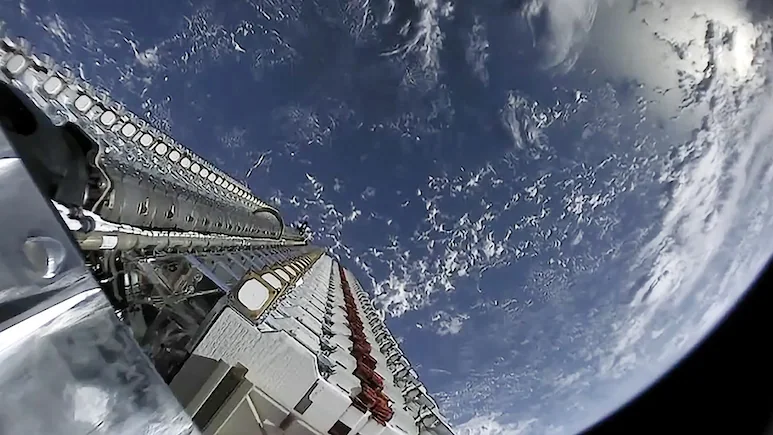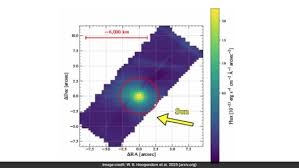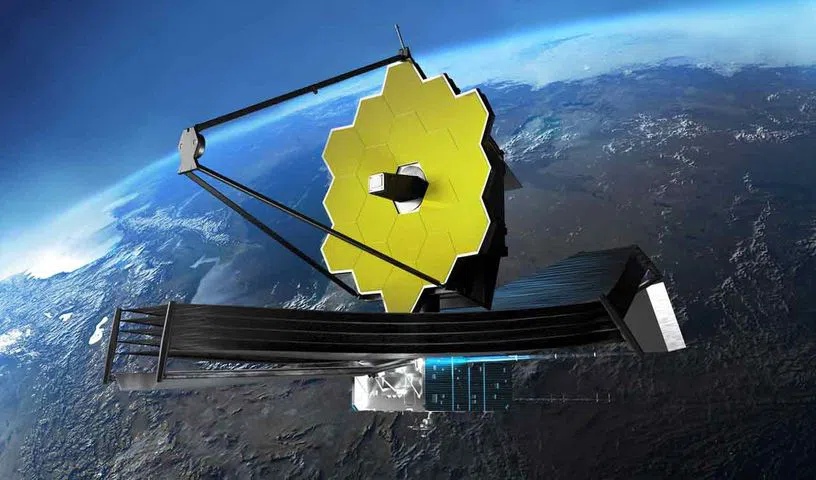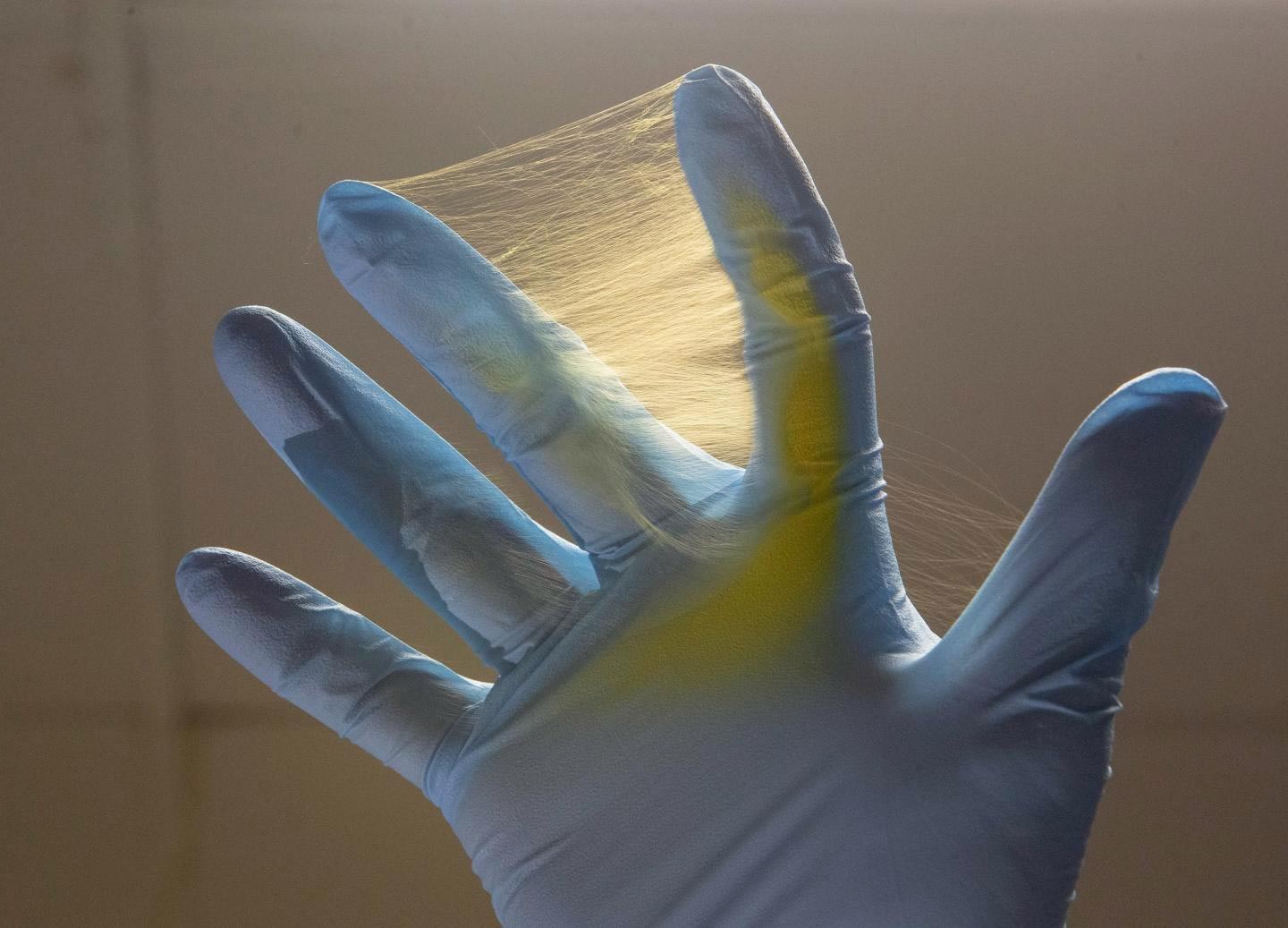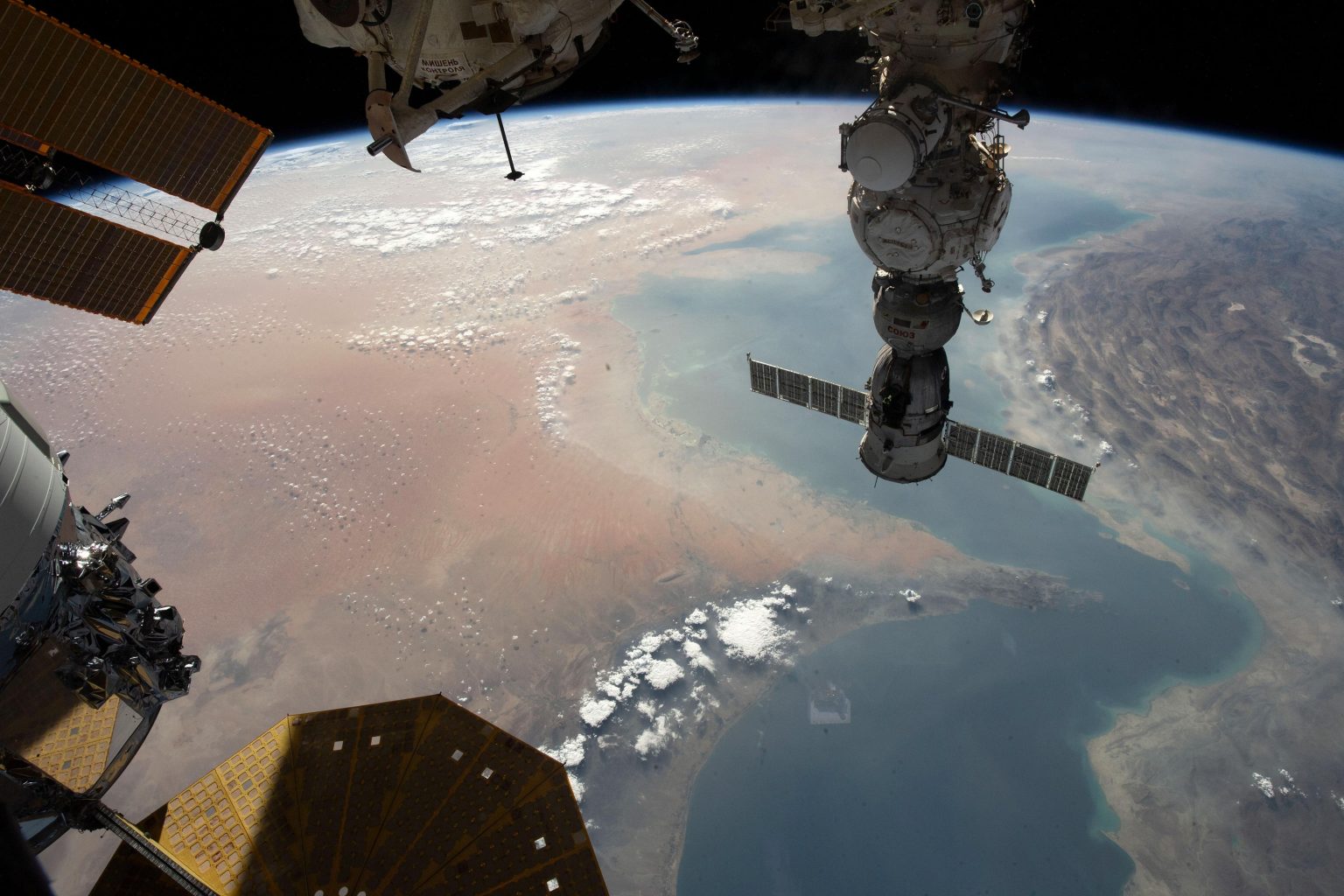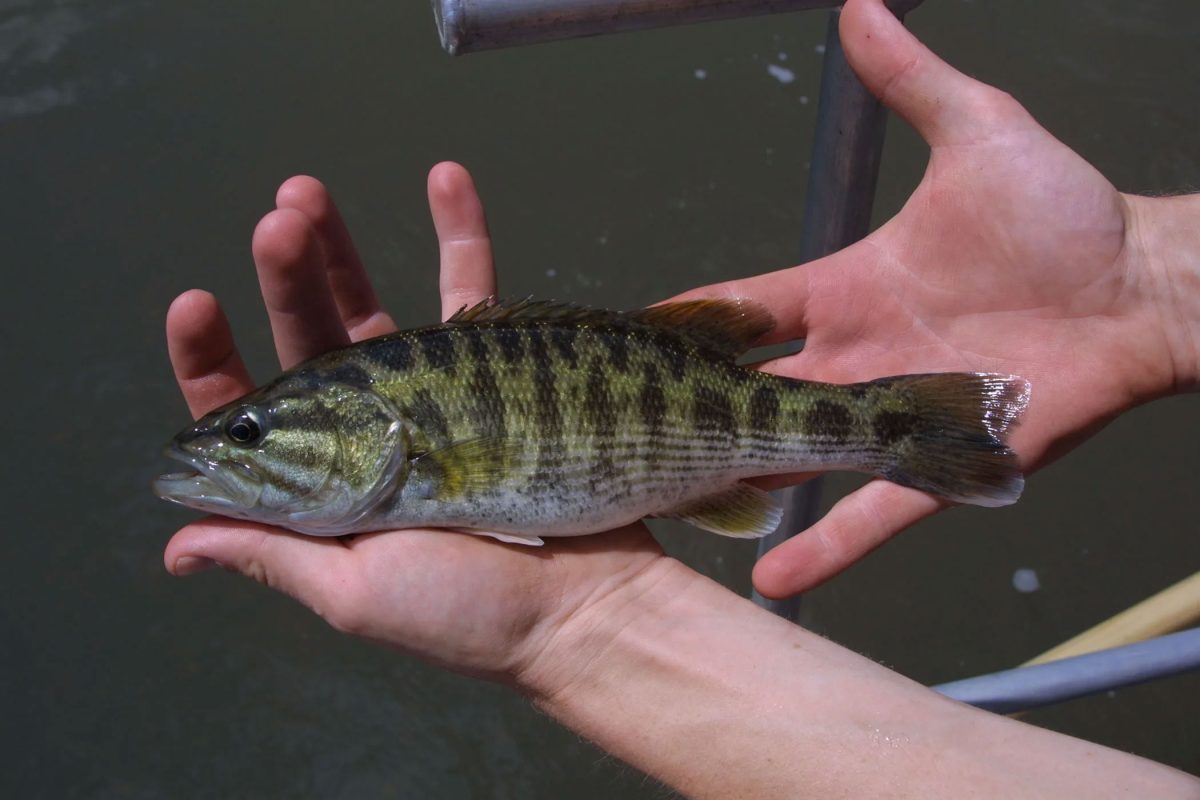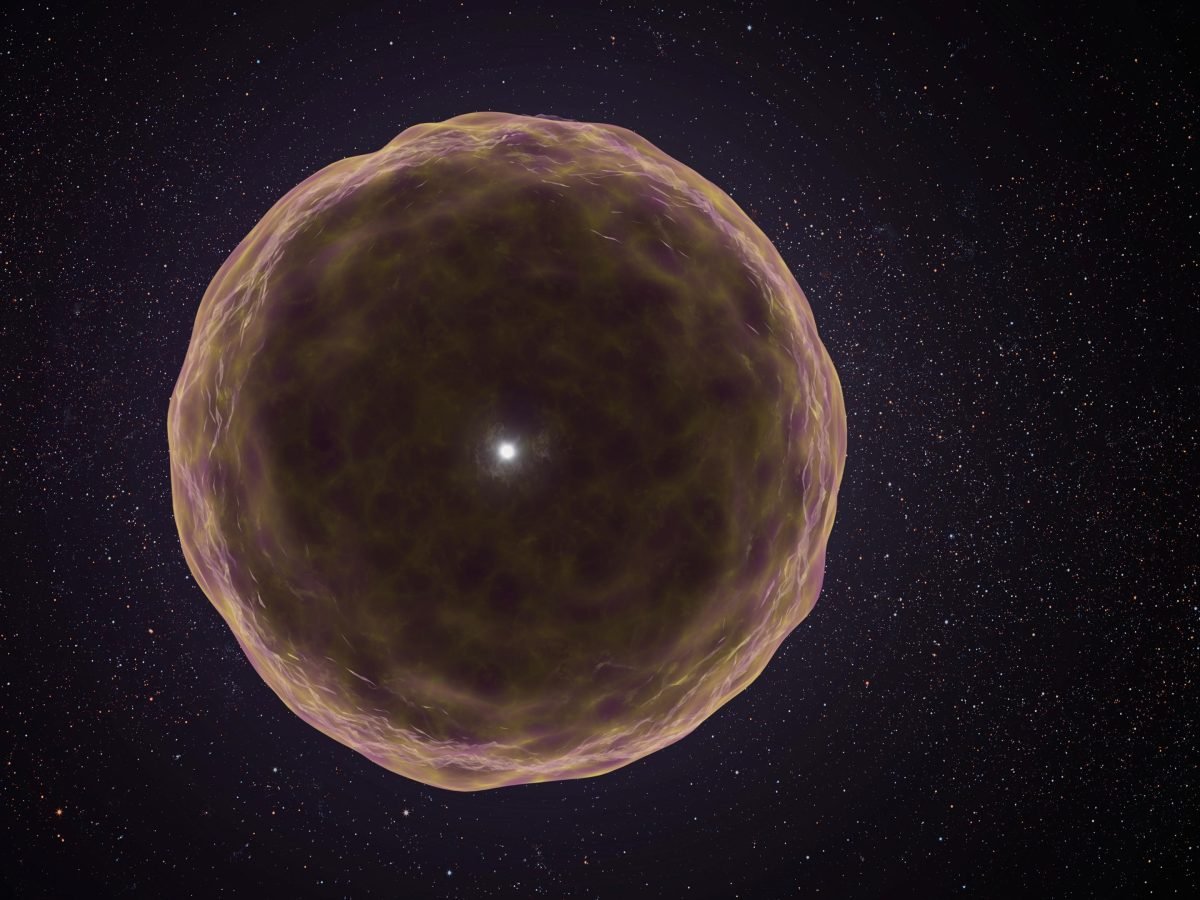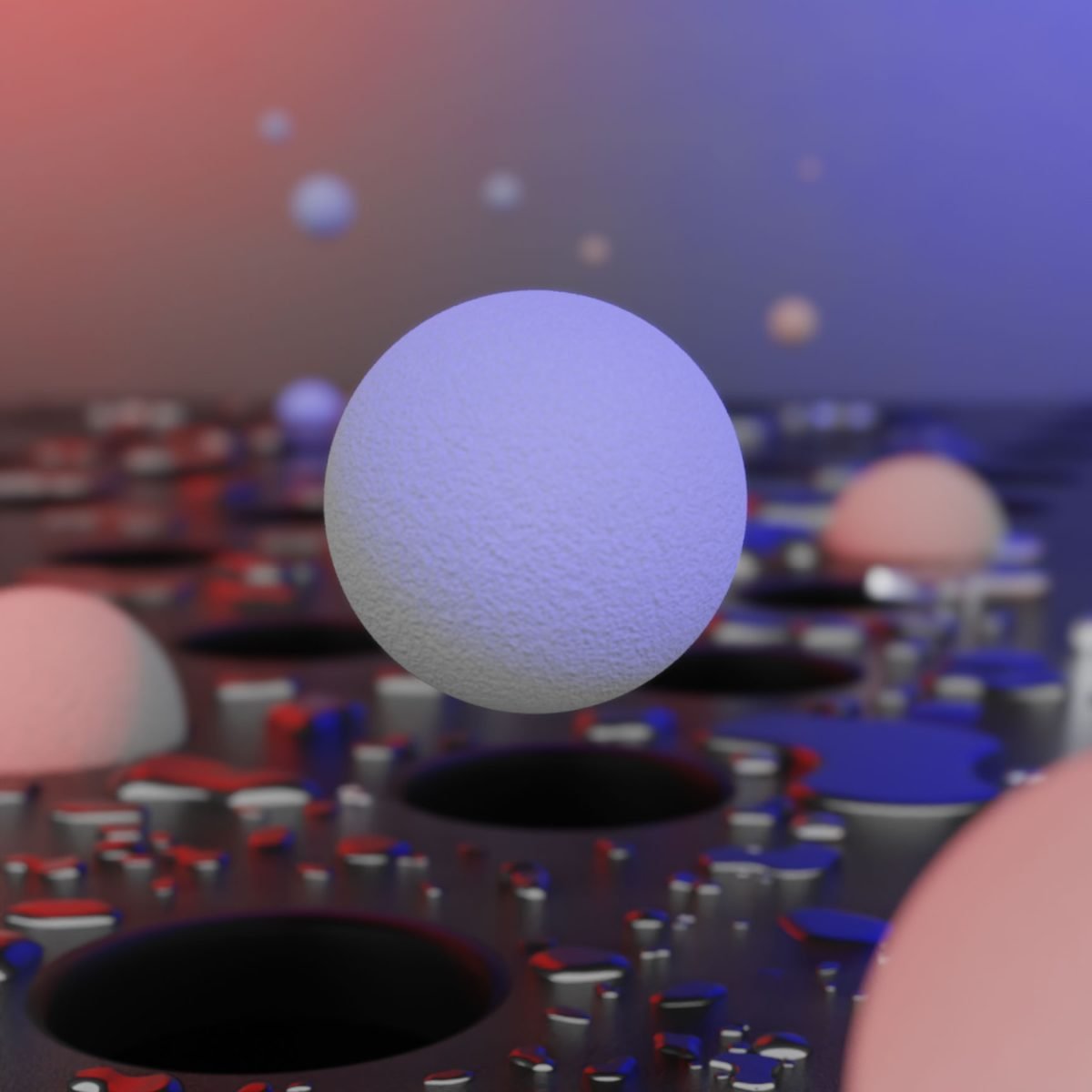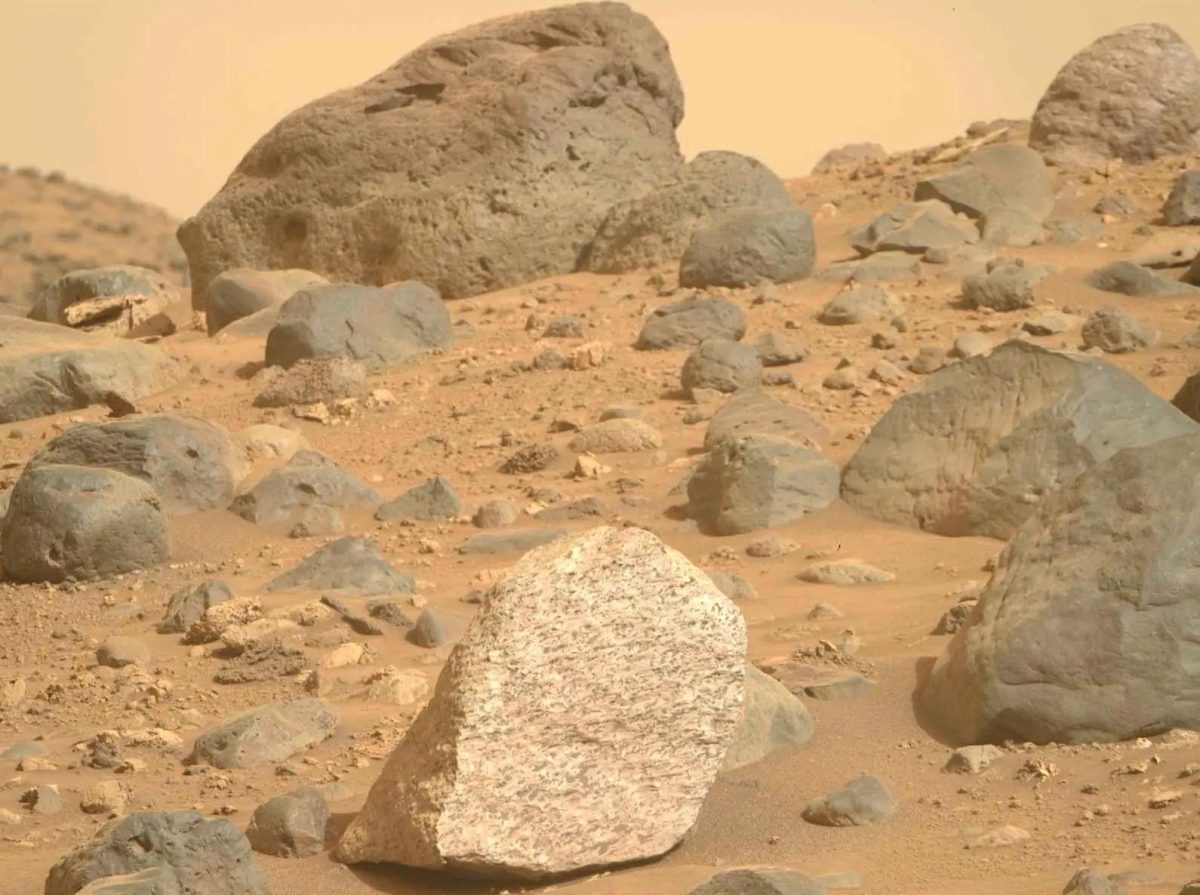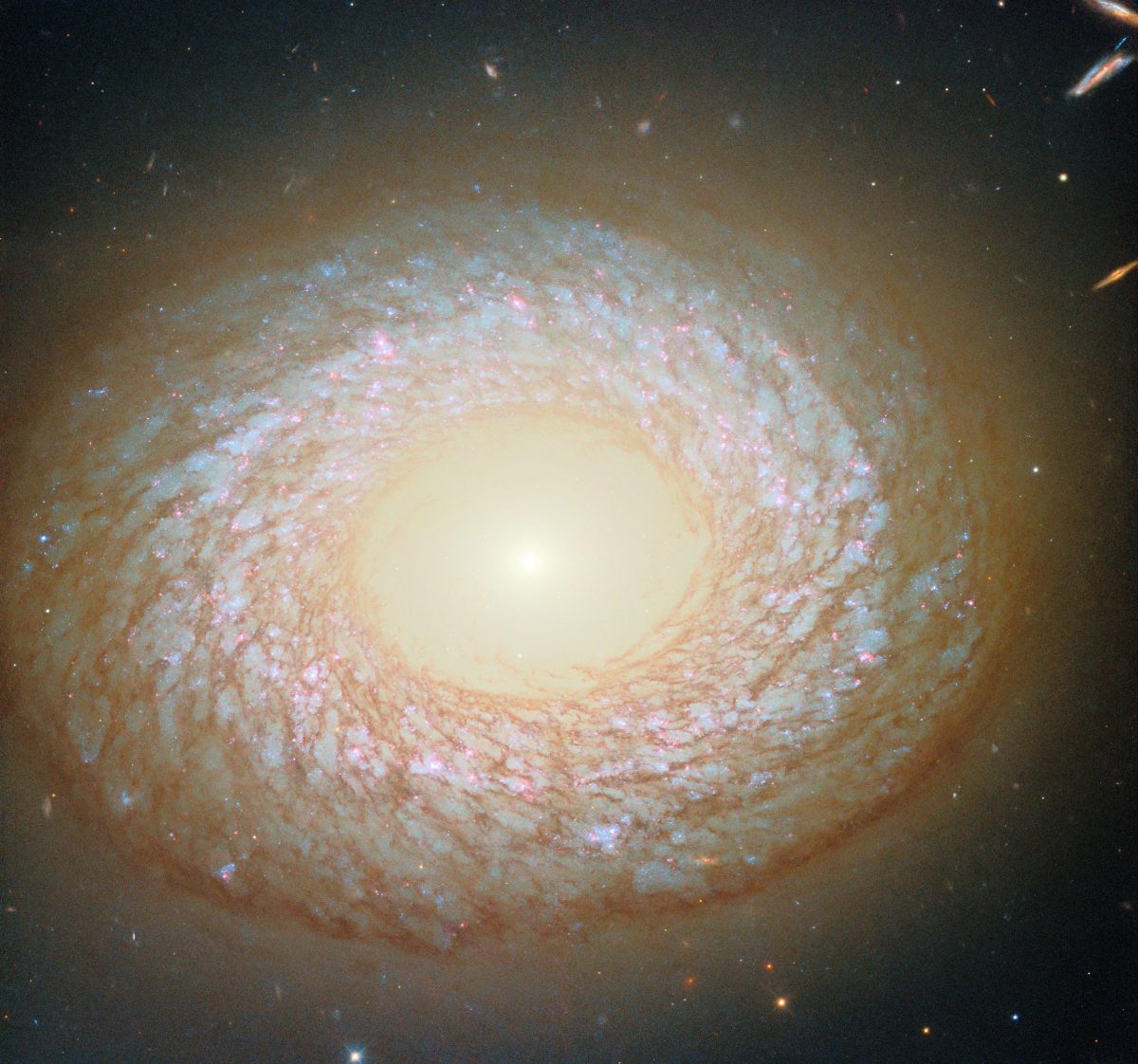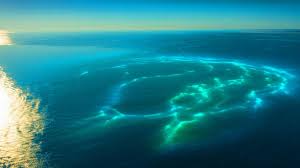
- KR Bharat
- 2025-10-22
In a groundbreaking study, scientists have developed a fluorescent molecular probe that illuminates how marine microbes break down complex carbohydrates, offering new insights into the ocean's carbon cycle. This innovative tool allows researchers to visualize in real-time when and where sugars are degraded in the ocean, providing a clearer understanding of microbial activity and carbon cycling. The study, conducted by the Max Planck Institute for Marine Microbiology, highlights the role of sugars in the marine ecosystem and their impact on global carbon storage and release.
Sugars, produced by algae during photosynthesis, play a central role in the marine food web. However, not all sugars are easily broken down by microbes. Some complex sugars resist decay, allowing the carbon they contain to sink to the ocean floor, where it can remain trapped for centuries. This process, known as the "biological pump," is a crucial mechanism for long-term carbon storage in the ocean. Understanding which microbes can degrade these complex sugars is essential for mapping microbial activity and carbon cycling in marine ecosystems.
The development of the fluorescent sugar probe marks a significant advancement in marine microbiology. By enabling scientists to observe microbial interactions with sugars in real-time, the probe provides valuable data on how different microbial communities contribute to carbon cycling. This research offers new clues about how the ocean stores and releases carbon, enhancing our understanding of the ocean's role in climate regulation.
This study underscores the importance of marine microbes in the global carbon cycle and their potential impact on climate change. By shedding light on the complex interactions between microbes and sugars in the ocean, researchers can better assess how changes in marine ecosystems may influence carbon storage and release. Continued research in this area is crucial for developing effective strategies to mitigate climate change and protect marine environments.




